-uH-ooB-BFqAqGA.jpg)
I Am Curious (Yellow)
Year: 1967
Runtime: 121 mins
Language: Swedish
Lena, a twenty‑year‑old, seeks to understand life and reality, cataloguing everything in a massive archive. She experiments with relationships, political activism and meditation, while a comic meta‑story follows the cast and crew as they react to the narrative and each other. Its explicit nudity, sex and provocative politics led to U.S. bans and a customs seizure that was later appealed.
Warning: spoilers below!
Haven’t seen I Am Curious (Yellow) yet? This summary contains major spoilers. Bookmark the page, watch the movie, and come back for the full breakdown. If you're ready, scroll on and relive the story!
I Am Curious (Yellow) (1967) – Full Plot Summary & Ending Explained
Read the complete plot breakdown of I Am Curious (Yellow) (1967), including all key story events, major twists, and the ending explained in detail. Discover what really happened—and what it all means.
Director Vilgot Sjöman plans to make a social film starring Lena Nyman as Lena, a young theatre student in Stockholm who is driven by a burning curiosity about social justice and the complexities of human relationships.
Lena’s small apartment is a personal archive: shelves stacked with books, papers, and boxes of clippings on topics like religion and men, alongside files on each of the 23 men with whom she has slept. The walls are wallpapered with photographs of concentration camps and a portrait of Franco, stark reminders of the crimes humanity contends with. She roams the city interviewing people about social classes, conscientious objection, gender equality, and the morality of vacationing in Franco’s Spain, while she and her friends picket embassies and travel agencies. Her bond with her father—who briefly went to Spain to fight with the International Brigades—casts a shadow over their relationship, as she struggles with why he returned from Spain after only a short time.
Her romantic life accelerates into a tense triangle when her lover, Börje Ahlstedt as Börje, a slick menswear shop clerk who votes for the Right, becomes entangled with Marie—and Lena soon learns there is another lover, Madeleine. The knowledge unsettles her, prompting a country bicycle holiday during which she seeks ascetic solitude, meditates on nonviolence, and practices yoga. Börje eventually pursues her in his new car, leading to a charged confrontation: she greets him with a shotgun, but their relationship evolves as they navigate trust and truth. Marie’s presence in Börje’s life is clarified, and Lena’s anger gives way to a more introspective reckoning.
Meanwhile, Lena slips into surreal dreams and visions. In one, she imagines tying two teams of soccer players—counted at 23 again—to a tree, then shoots Börje and even cuts his penis off. In another dream, she is taunted by passing drivers as she rides her bicycle; finally, Martin Luther King Jr. drives up, and she apologizes for not being strong enough to practice nonviolence. These sequences blur the line between personal struggle and political conscience, probing how a person can pursue peace while confronting painful truths.
Upon returning home, Lena’s outburst explodes into action: she destroys her room, then goes to Börje’s workplace to tell him she has scabies, and they are treated together at a clinic. As the embedded story of Lena and Börje resolves, the film’s production comes increasingly into view: the crew and director Sjöman become part of the narrative, and the dynamic between Lena the actress and Börje the actor grows intimate during the shoot, fueling jealousy and creative tension. The film closes with Lena returning Vilgot Sjöman’s keys as he meets with another young female theatre student, leaving a final impression of both artistic ambition and personal consequence.
In the credits, cameos punctuate the frame: Sven Wollter appears as Captain (uncredited), and other real figures—Martin Luther King Jr., Olof Palme, Yevgeny Yevtushenko, Ulla Lyttkens, Andreas Bellis, Chris Wahlström, and Marianne Johnson—drift in and out of the frame as the documentary-like creation of a social film overlays the fiction, echoing the film’s central themes of truth, power, and the price of artistic pursuit.
Last Updated: October 09, 2025 at 14:11
Unlock the Full Story of I Am Curious (Yellow)
Don't stop at just watching — explore I Am Curious (Yellow) in full detail. From the complete plot summary and scene-by-scene timeline to character breakdowns, thematic analysis, and a deep dive into the ending — every page helps you truly understand what I Am Curious (Yellow) is all about. Plus, discover what's next after the movie.
I Am Curious (Yellow) Timeline
Track the full timeline of I Am Curious (Yellow) with every major event arranged chronologically. Perfect for decoding non-linear storytelling, flashbacks, or parallel narratives with a clear scene-by-scene breakdown.

Similar Movies to I Am Curious (Yellow)
Discover movies like I Am Curious (Yellow) that share similar genres, themes, and storytelling elements. Whether you’re drawn to the atmosphere, character arcs, or plot structure, these curated recommendations will help you explore more films you’ll love.
Explore More About Movie I Am Curious (Yellow)
I Am Curious (Yellow) (1967) Scene-by-Scene Movie Timeline
I Am Curious (Yellow) (1967) Movie Characters, Themes & Settings
I Am Curious (Yellow) (1967) Spoiler-Free Summary & Key Flow
Movies Like I Am Curious (Yellow) – Similar Titles You’ll Enjoy
Curiosa (2021) Movie Recap & Themes
XX/XY (2003) Full Movie Breakdown
Yung (2018) Film Overview & Timeline
Curiosa (2019) Spoiler-Packed Plot Recap
Strip Search (2004) Complete Plot Breakdown
Sex, Love, and Other Perversions (2006) Detailed Story Recap
Naked (2006) Full Movie Breakdown
I, a Woman (1965) Ending Explained & Film Insights
WR: Mysteries of the Organism (1971) Complete Plot Breakdown
Sexual Freedom in Denmark (1970) Film Overview & Timeline
Tabu (1977) Full Movie Breakdown
I Am Curious (Blue) (1968) Film Overview & Timeline
Crazy Love (1993) Detailed Story Recap
Sweden: Heaven and Hell (1968) Full Summary & Key Details
The Curious Female (1970) Full Movie Breakdown



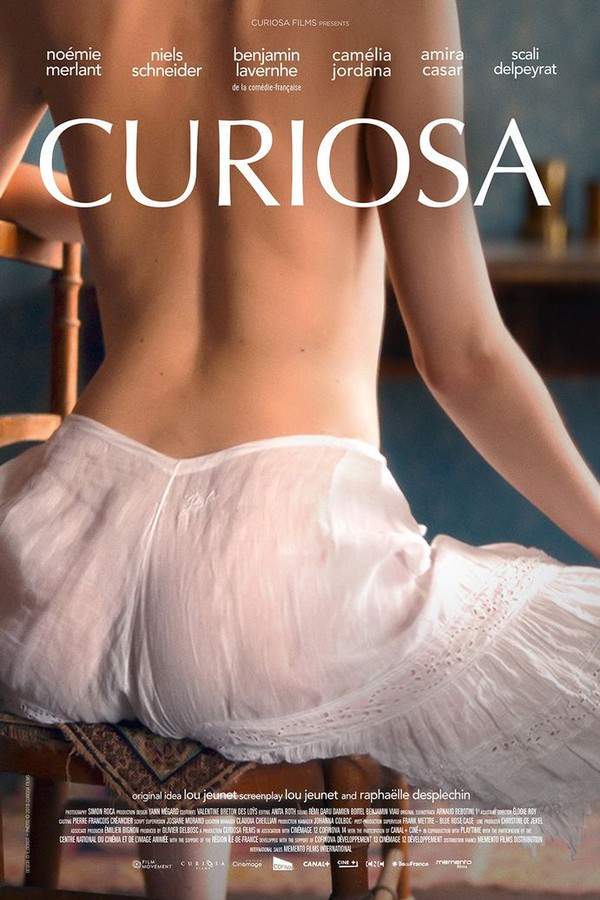
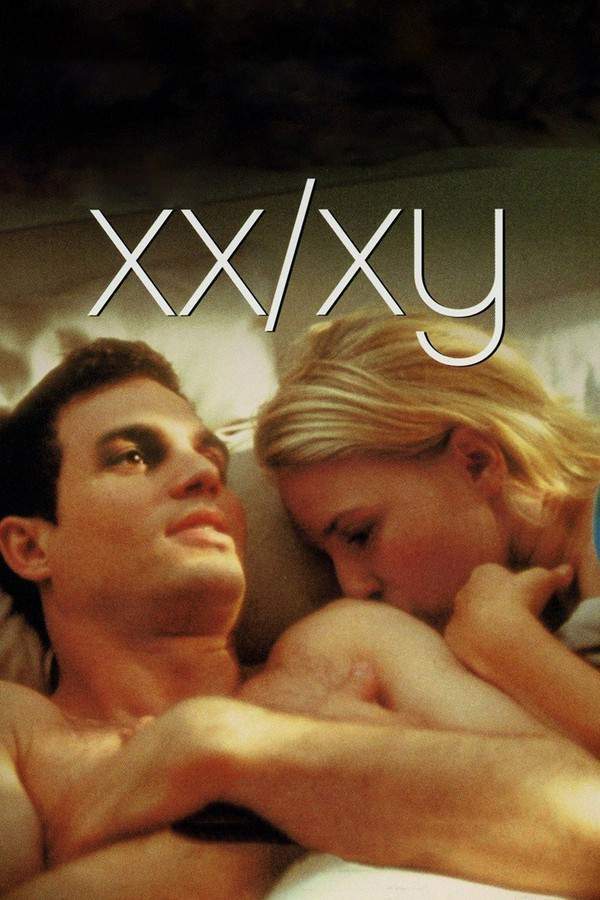
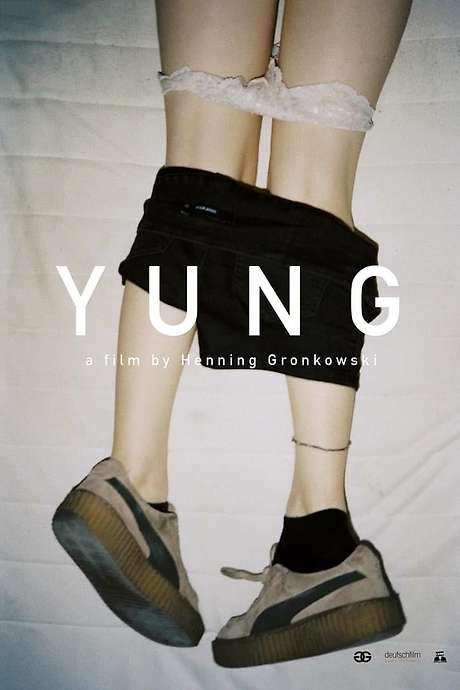
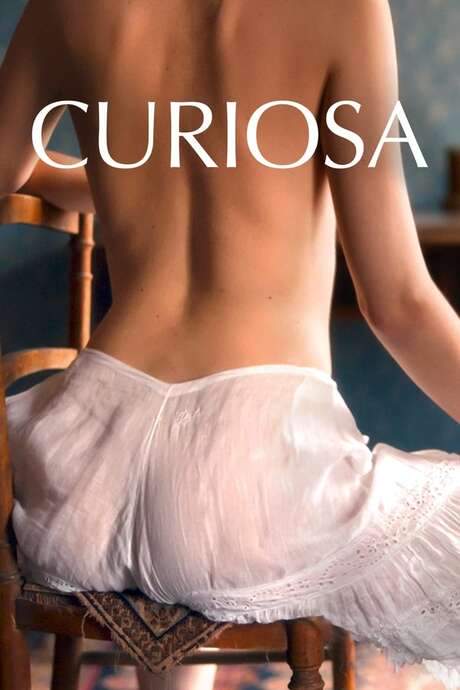






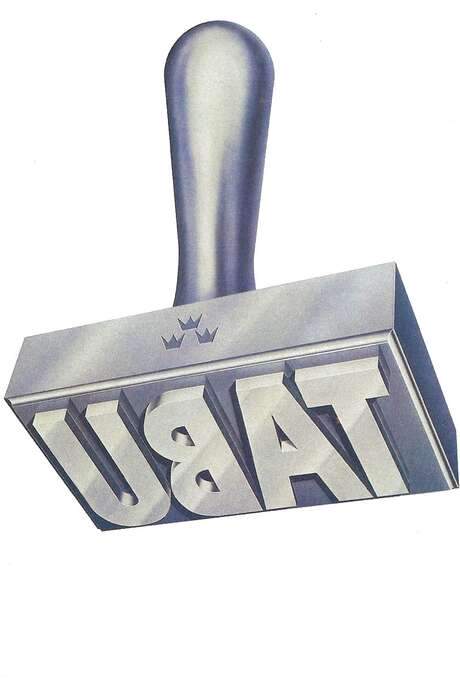
-zqzdzLpOJ_yeZg.jpg)


